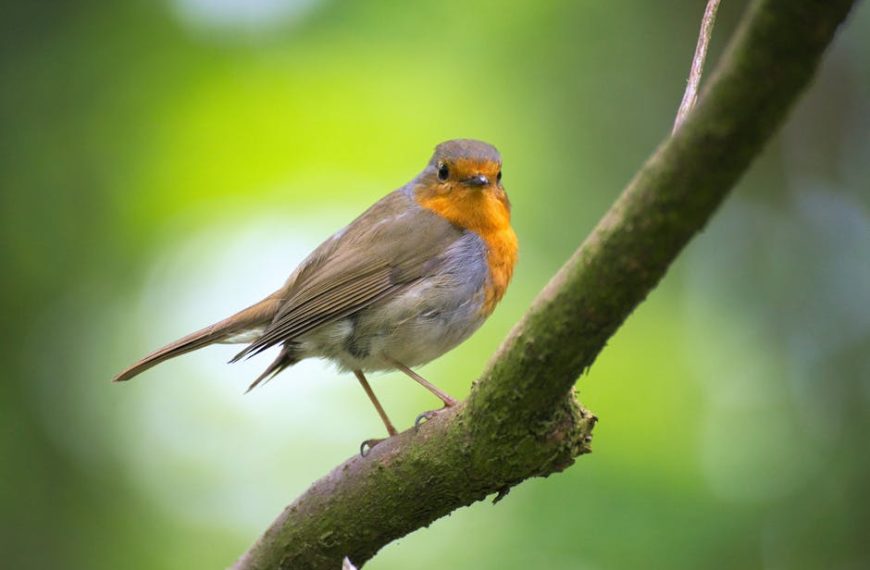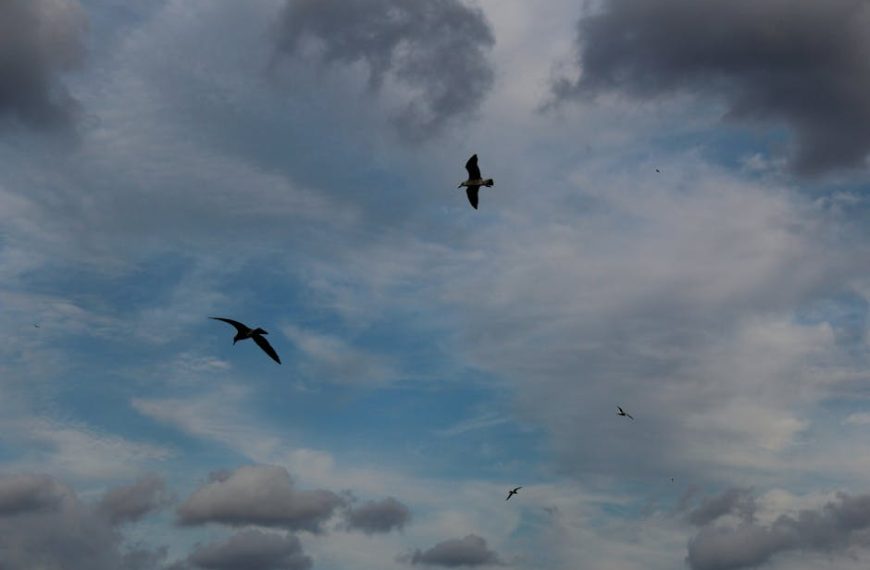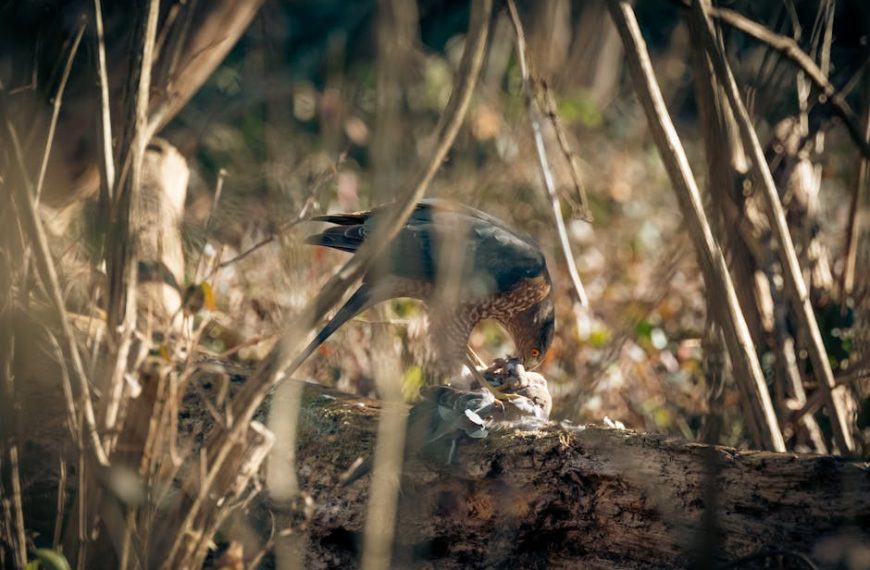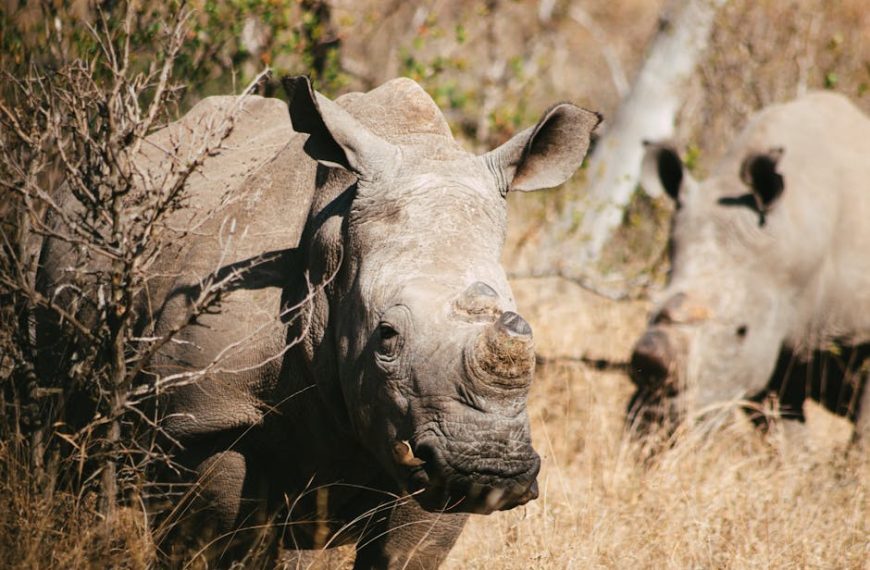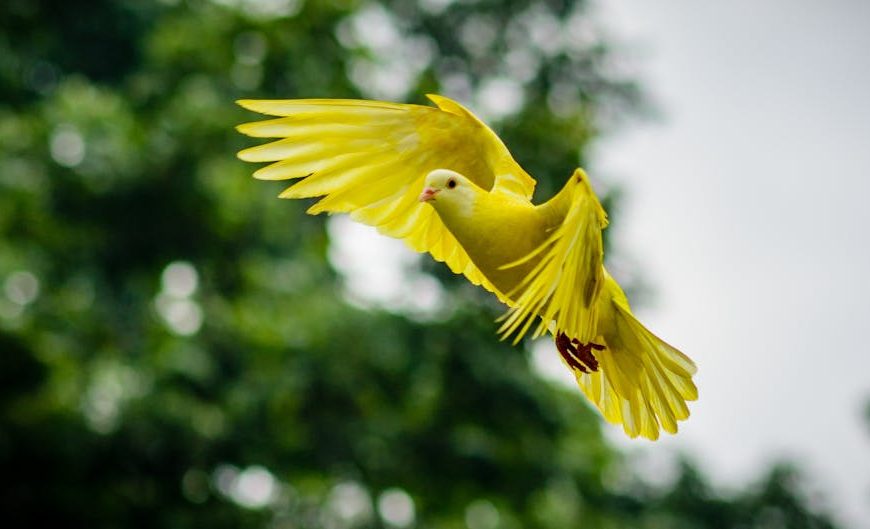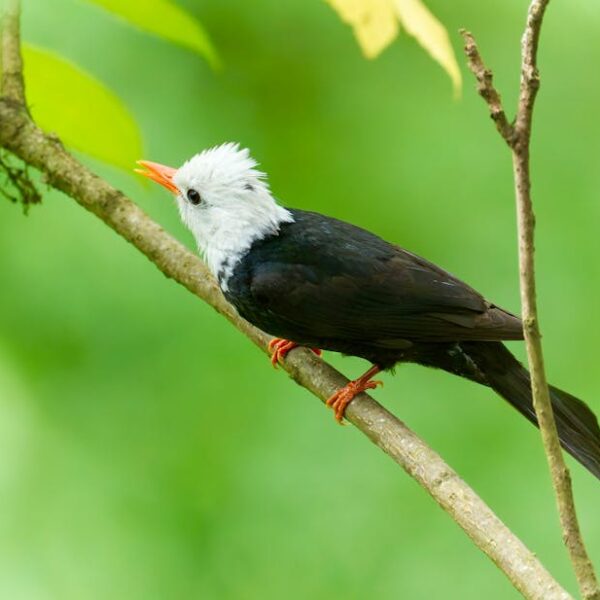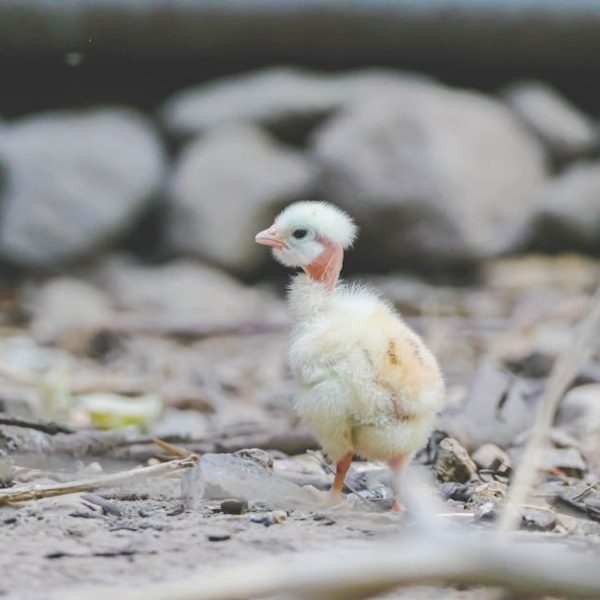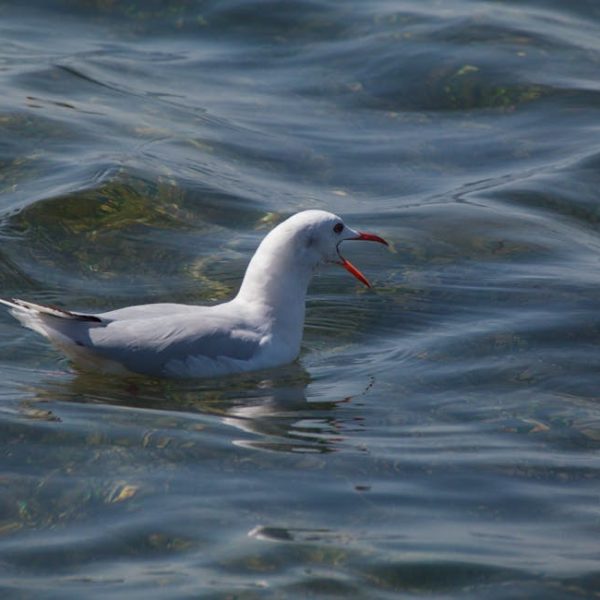Migratory birds are famous for their annual long-distance flights in search of warmer climates. They journey to southern destinations that not only provide a respite from winter’s harsh weather but also offer abundant sources of food and conducive breeding grounds. This massive commute is not just a spectacle for birdwatchers, it’s a testament to the incredible adaptability of these feathered creatures. This article explores the scientific basis of this wonderful phenomenon, showcases notable migratory birds and their routes, reveals top winter destinations, interprets bird migration patterns through recent technological advancements and research, and finally, illuminates the impact of climate change on these patterns.
The Science Behind Bird Migration
Migration is a survival strategy that birds have developed over millennia. It ensures adequate food availability, suitable weather, and ideal breeding conditions. Some of the primary factors that trigger migratory instincts in birds include:
- Seasonal Changes: Birds are often driven to migrate with the changing seasons, moving from northern areas in the fall to southern regions for winter.
- Food Availability: Birds tend to move to regions rich in food sources during the lean winter months when food is scarce in their northern habitats.
- Temperature Variations: Birds fly south to escape freezing temperatures that make survival difficult.
- Breeding Patterns: Certain species migrate to specific areas with optimal conditions for reproduction and raising their chicks.
(Icon) Pro Tip: Keen birdwatchers can spot the advent of migration season by noticing changes in bird behavior and appearance, such as increased feeding to accumulate fat reserves, or plumage shifts in preparation for the long journey.
Notable Migratory Birds and Their Routes
Various bird species have unique migratory habits, characterized by diverse route patterns and lengths. Some of the most notable migratory birds include:
- Arctic Terns: Traveling from their Arctic breeding grounds to the Antarctic each year, these birds embark on a staggering 44,000-mile round-trip journey.
- Red Knots: These birds make an yearly round-trip of 9,000 miles between their Arctic breeding grounds and wintering areas in Tierra del Fuego, South America.
- Ruby-Throated Hummingbirds: After breeding in North America, these tiny birds fly non-stop over the Gulf of Mexico to winter in Central America.
- Swainson’s Hawks: Every year, these birds travel 14,000 miles round-trip between their nesting sites in North America and wintering areas in Argentina.
While birds may take different migratory paths, they are generally guided by geographical features like coasts, mountain ranges, and rivers, aside from critical external factors like wind conditions and weather patterns.
Stay tuned for the next segment to learn about the top winter destinations for migratory birds and how technology aids in understanding their behaviors and patterns.
Top Winter Destinations for Migratory Birds
Migratory birds escape winter’s grueling temperatures by heading South, where the climate is warmer and food abundant. Here are common resorts for these seasoned travelers:
- Central and South America: With tropical forests abundant in food, Central and South America serve as a haven for numerous North American bird species.
- The Caribbean: The Islands of the Caribbean provide an array of habitats, attracting a variety of bird species.
- Southern United States: Some birds don’t need to travel far, the Southern States provide enough warmth and food for species such as geese and certain duck species.
- Sub-Saharan Africa: European bird species take refugee in the warm and abundant environment of Sub-Saharan Africa.
- Southeast Asia: Certain bird species from Russia and China migrate to Southeast Asia due to its warm and food-rich environment.
- Australia and New Zealand: As these regions are in the Southern Hemisphere, they provide summer-like conditions during the winters.
(Icon) Best Practice: Birdwatchers should respect bird habitats at these destinations. Use binoculars instead of approaching too closely, don’t disrupt their environments, and avoid flash photography as it may disturb the birds.
Understanding Bird Migration Patterns through Technology and Research
Evolutions in technology and intensive research have expanded our understanding of bird migration patterns. Methods such as satellite tracking, geolocating, and bird ringing have enabled scientists to map precise routes and learn more about the reasons driving these migrations.
For example, the Arctic Tern’s migration pattern was uncovered through geolocators, revealing their impressive journey from the Arctic to Antarctic. These findings would have been impossible without the scientific leaps made in the field of ornithology.
Researching Bird Migration: A Checklist
- Look for tagged birds and report sightings to local birdwatching societies.
- Take part in bird censuses which often occur during peak migration season.
- Stay updated with the latest research and findings from ornithological studies.
Impact of Climate Change on Bird Migration
Human-induced climate change can have significant impacts on bird migration patterns. Birds may start migrating earlier or later due to temperature changes or altered precipitation, causing mismatches between their arrival and the availability of food sources. This can potentially lead to reduced survival and reproduction rates.
Positive and Negative Effects of Climate Change on Migratory Birds:
- Positive: Warmer temperatures might extend the range of certain bird species further north.
- Negative: Birds may lose their habitats due to rising sea levels, extreme weather events or temperature changes.
(Icon) Pro Tip: Individuals can contribute to mitigating climate change’s impact on migratory birds by reducing their carbon footprint, participating in bird population surveys, spreading awareness about the issue and supporting organizations that work to protect bird habitats. Take action today to ensure that future generations can witness the fascinating phenomenon of bird migration.
Key Takeaway:
- Birds, driven by factors such as instinct, seasonal changes, food availability, temperature variations, and breeding patterns, migrate southward during winter to evade harsh weather conditions and find abundant food sources and suitable breeding environments.
- Notable migratory species like Arctic Terns, Red Knots, Ruby-Throated Hummingbirds, Swainson’s Hawks, and Peregrine Falcons undertake long southward migrations covering significant changes in latitude.
- Favored winter destinations for migratory birds include Central and South America, the Caribbean, Southern United States, Sub-Saharan Africa, Southeast Asia, Australia, and New Zealand.
- Technological advancements and research methodologies such as bird ringing, satellite tracking, and geolocators have greatly enhanced our understanding of bird migration patterns.
- Climate change is inducing considerable shifts in bird migration patterns, which may have both positive and negative impacts on bird populations.
Remember, the phenomenon of bird migration is not just an opportunity for birdwatchers but also a sign of the incredible endurance and adaptability of these feathered species. By understanding their migration patterns and the factors influencing them, we can better appreciate the wonders of nature and the importance of ecological balance in supporting such remarkable journeys.
FAQs
Q: How can ordinary people contribute to the study of bird migration?
A: You can contribute by participating in bird population surveys, reporting sightings of tagged birds to local birdwatching societies, and staying updated with the latest research findings from ornithological studies.
Q: How does climate change affect the breeding patterns of migratory birds?
A: Alterations in temperature and precipitation due to climate change can cause mismatches between birds’ arrival at their breeding grounds and the availability of food sources. This could potentially lead to a decline in their reproductive success.
Q: What is the impact of human activities on bird migration?
A: Human activities, particularly those contributing to climate change, can significantly affect bird migration. For instance, rising sea levels and extreme weather events—byproducts of climate change—can lead to the loss of birds’ habitats.
Q: How does technology play a role in understanding bird migration?
A: Technological advancements such as bird ringing, satellite tracking, and geolocators allow scientists to track birds throughout their migratory journey. This has greatly enhanced our understanding of bird migration patterns.
Q: Why do the migration patterns of different bird species vary?
A: Differences in migration patterns among bird species can be attributed to factors such as variations in food availability, temperature sensitivity, and breeding requirements.
Feel free to share this article with others and explore more fascinating posts on our website. Your increased awareness and involvement can indeed make a significant difference to the preservation and study of these remarkable species.

